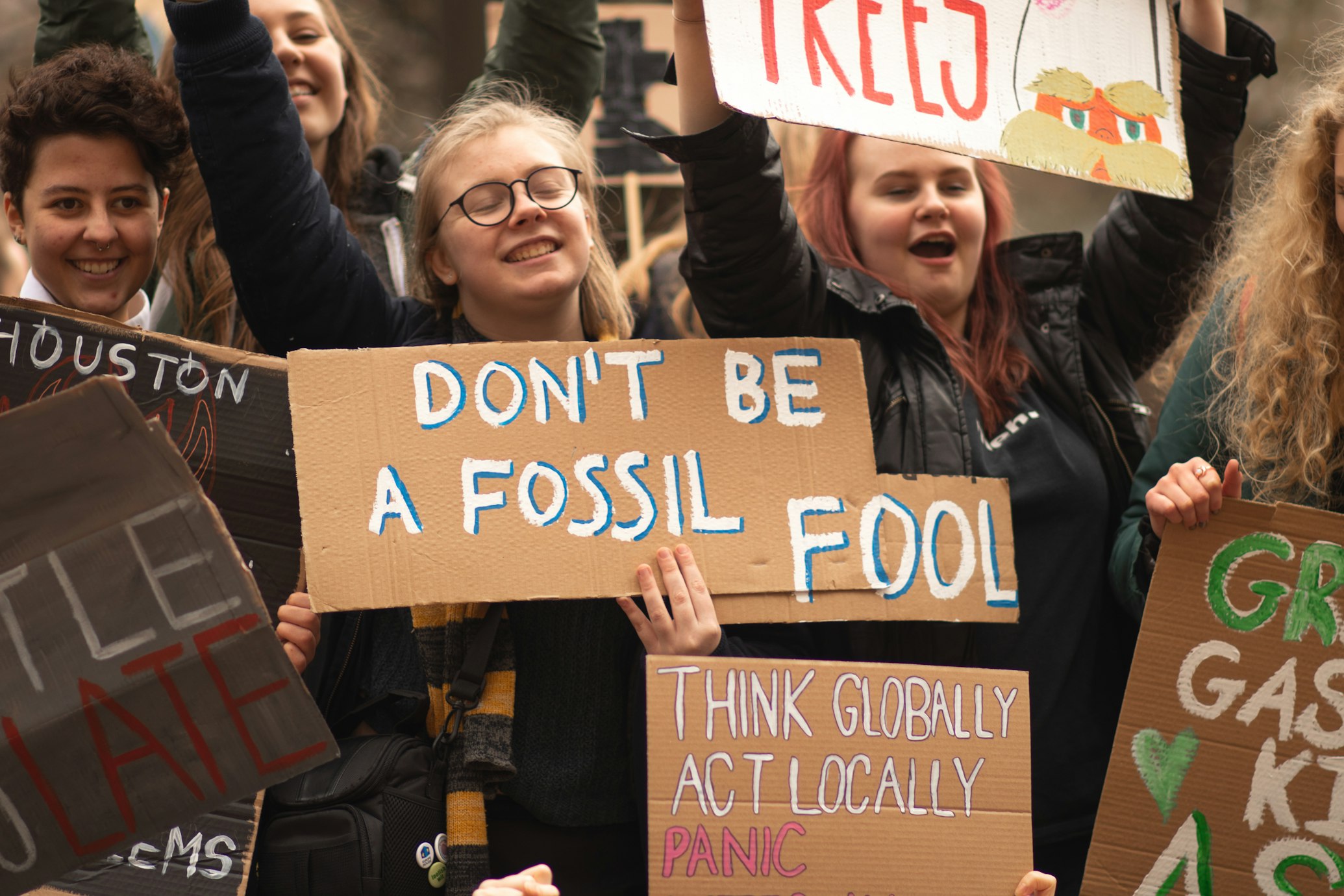Fashion industry giants have pledged to reduce their carbon footprint, but that goal remains distant in the face of the rise of fast fashion, an issue highlighted during the United Nations climate summit. Brands and clothing manufacturers had the opportunity to highlight their climate achievements at the COP27 talks, where they discussed global warming.
However, several of them admitted that their commitment to halve emissions by 2030 and reach net zero by mid-century may be an exaggeration. Greenpeace and other groups have urged the industry, already criticised for often exploitative labour practices, to slow or end the wasteful trend of mass-producing low-cost clothing that is quickly discarded.
Fast fashion, the organisations point out, consumes massive amounts of water, produces hazardous chemicals and clogs landfills in poor countries with textile waste, while generating greenhouse gases in production, transport and disposal. The fashion sector was also responsible for 4% of global emissions in 2018, about the same percentage as Britain, France and Germany combined, according to consultancy McKinsey.
The Retail Giants that Are Taking Part
Fashion companies including Adidas, Burberry, Guess, GAP, HUGO BOSS, H&M, Inditex and Levi Strauss have committed to comply with the climate policies proposed by the UN’s Fashion Climate Charter. Some 30 companies signed the charter at the COP24 summit in Poland in 2018.
At the time, they pledged to reduce emissions by 30% by 2030 and to achieve net zero emissions by mid-century. A year ago, they set a new and more ambitious target to halve their CO2 emissions by the end of the decade, with more than 100 companies signing the pledge.
But meeting the target is a major challenge for an industry with long and complex supply chains that stretch across the globe, industry experts admit.
Difficult for Vast Supply Chains
Industry figures at COP27 barely mentioned the fast fashion business model, which critics say is at the heart of the problem, focusing instead on ideas about the use of renewable energy in factories and regulation.
However, improving the environmental aspects of the entire supply chain and introducing green standards between raw material suppliers and factories is a monumental task. For example, H&M’s Sustainability Director said the Swedish brand has more than 800 suppliers.
The participating companies have set themselves a target until 2050, starting with a 30% reduction of their emissions by 2030.
Another target was to generate electricity and heat from renewable energies in their facilities from 2025 onwards. The actions of the Fashion Climate Charter will be developed from 2019 through working groups to be convened by the United Nations.
There's been a culture shift in developed countries, with banks offering lower interest rates to companies that commit to a net zero emissions target.
If brands dare to make such a transformation, they end up paying nothing, because the interest on loans is so low that the costs are basically free. However, suppliers face huge costs, as producing clothes in factories requires more energy than retail shops use at the end of the supply chain.
According to Catherine Chiu, vice president of corporate quality and sustainability at Hong Kong-based Crystal International Group, renewable energy is needed on a much larger scale.
The company stated that even if it installed solar panels on all its 20 plants, that would only account for 17% of the group's energy consumption, for example.

